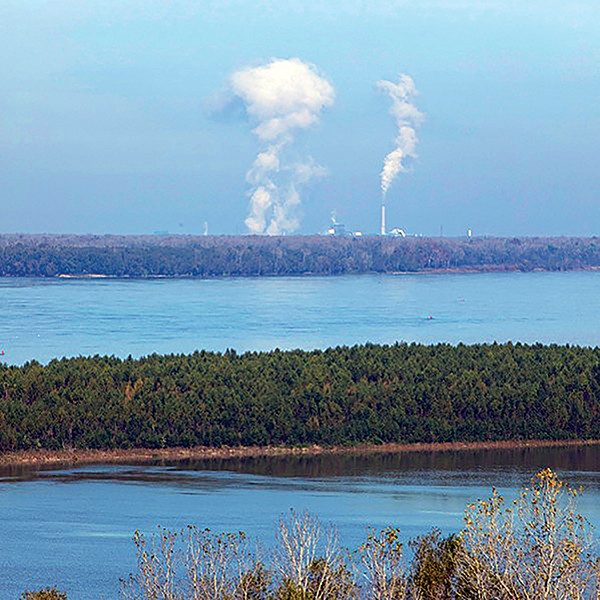State officials announced last week they’ve found a new spot on the Mississippi River for the “poopline” and that they’ve assembled a new team focused on Tennessee’s water future.
A 35-mile pipeline from the Memphis Regional Megasite in Haywood County is still slated to dump 3.5 million gallons of treated wastewater into the river every day. But locals in Randolph, the original site of the pipe’s end, convinced state leaders that the spot on the river gets shallow or dries up completely in summer months. Pumping it there, they said, would leave the wastewater to gather in large, dirty pools instead of mixing with the massive volumes of Mississippi River water.
“We came up with a solution to move the outflow pipe a couple of miles south into what we’ll call the real deep channel flow of the Mississippi,” Tennessee Economic and Community Development Commissioner Bob Rolfe told the state Senate Commerce and Labor Committee last week. “[The current outflow] may not be the most perfect location in the summertime when the river is way down and those sandbars do expose themselves.”

How can Tennessee best protect its water resources?
Some 500,000 gallons of the daily wastewater carried by the new pipeline would be sanitary wastewater from the city of Stanton, Tennessee. This part of the plan led many on Facebook to call the project the “poopline.”
Rolfe said the state has permission from about 75 percent of the property owners along the pipeline route to build the line on or across their land. However, a “handful” of owners have said “there’s not a price [they could be paid] where they’d grant the easement.”
Rep. Jimmy Eldridge (R-Jackson) asked Rolfe, “How long is the process of eminent domain to scare the other 24 percent-25 percent of the other properties?” Rolfe said it could be a six- to nine-month process, “but I can assure you the [Tennessee Attorney General’s] office has a good strategy to pursue those avenues.”
Tennessee Governor Bill Haslam announced a committee to develop “TN H2O,” a plan to include “an assessment of current water resources and recommendations to help ensure Tennessee has an abundance of water resources to support future population and economic growth.”
“Abundant, clean water has been a strategic advantage for Tennessee and is critical to our quality of life,” Haslam said last week. “We need to ensure this critical natural resource is managed appropriately as our state continues to grow and prosper.”
The development of the committee was spurred, in part, by recent concerns over the use of the Memphis Sand Aquifer, the source of the city’s drinking water, to cool a new Tennessee Valley Authority energy plant. Also, Haslam said a plan is needed to address recent droughts, “failures of wastewater and drinking water infrastructure, interstate battles over water rights,” and the fact that the state’s population is set to double in the next 50 years.
TN H2O will focus on surface and groundwater, water and wastewater infrastructure, water reuse and land conservation, as well as the institutional and legal frameworks around water issues.
Locally, the committee includes Memphis Mayor Jim Strickland and Col. Michael A. Ellicott Jr., commander, U.S. Army Corps. of Engineers Memphis District.